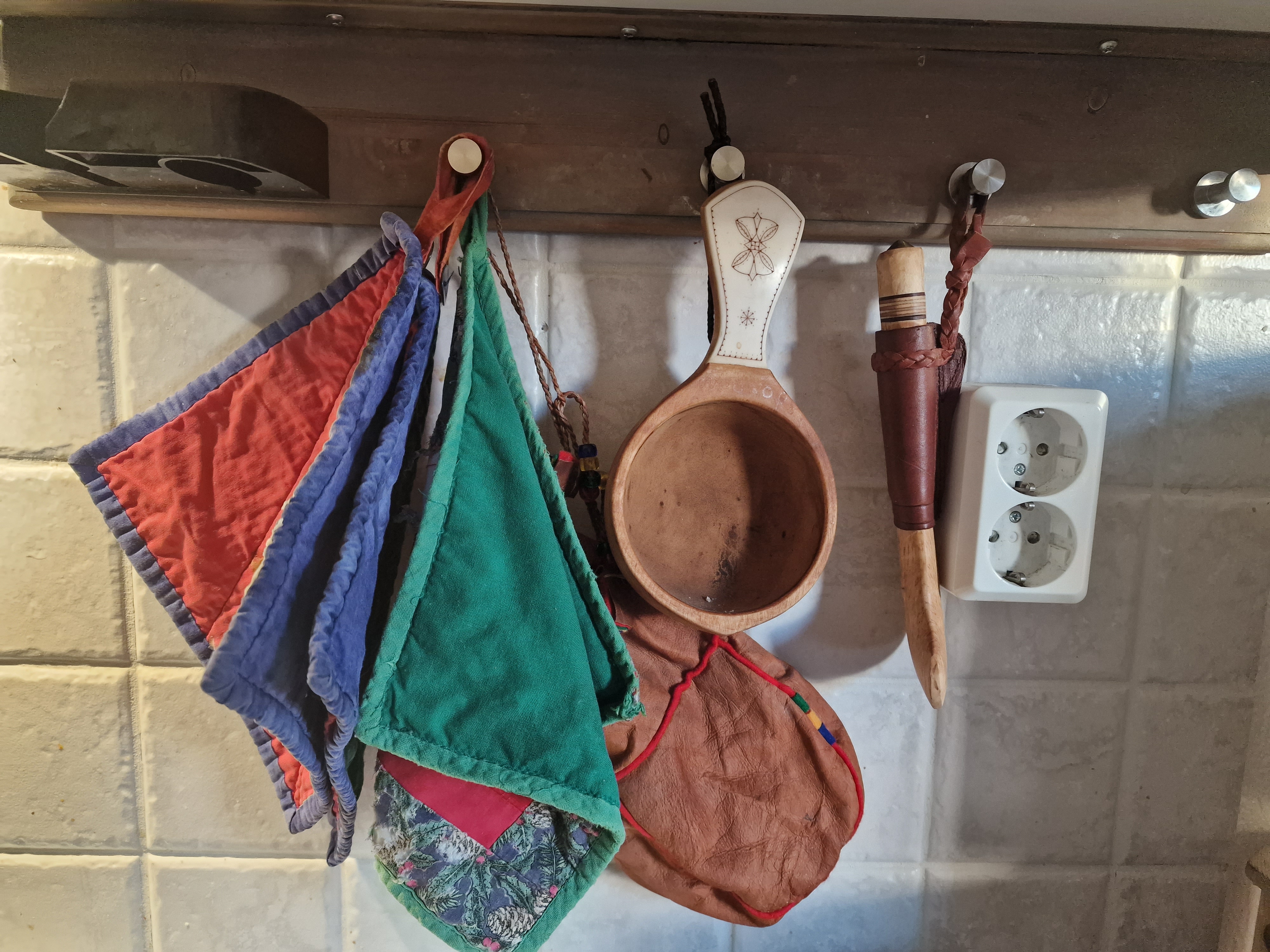
Treasure hunting in the archives and qualitative interviews are some key keywords for what the INDHOME gang has been up to in 2023.
In 2023, the researchers on the INDHOME project have been busy conducting interviews and visiting archives. In this post, we will summarize the year that has passed, and give a brief description of some of what we have been doing, and our experiences so far.
New people in the project
In the past year, we have had the pleasure of having two full-time fellows, Anne Schäfer and Birgitte Rigtrup on our project, and these have also got off to a good start with their projects. In addition, we have had a master’s student, Edvard Kristensen, associated with the project, who has started his task. At the end of the year, we also learned that in the new year we will have a new master’s student, Camilla Tranås Kristiansen, associated with the project. She started in the autumn and just before Christmas found out that she has been admitted to the new Nord Master Plus program at Nord University, a research school for master’s students.
Visits to the archives
We began the year 2023 with an article on forskning.dk, in which the project members Astrid Nonbo Andersen (DIIS), Astrid Marie Holand (Nord) and Inge Høst Seiding (Ilisimatusarfik) wrote about some of what we had found so far in the archives related to houses and housing policies in post-war Norway and Greenland. Since then, we have continued the mapping of the early post-war period’s view of indigenous peoples in the Scandinavian countries, i.e. Inuit in Greenland – subject to Denmark – and Sámi in Norway and Sweden.
We have investigated what role the Lappefogden in Nordland played for the Sámi’s rights there, during and just after the Second World War, mainly in the period 1940-1952. We see that long-time Lappfogd Peder Hagen was a committed advocate who did not go out of his way [AS1] to criticize the occupying power if Sámi were refused to travel to Sweden with their reindeer herd, or if it was suspected that soldiers had stolen reindeer. He would hardly have been able to do this and remain in his job, if there was not a certain respect among the occupying Germans for the Sámi way of life.
Researcher Astrid Marie Holand, master’s student Edvard Kristensen and project partner Stig Morten Kristensen from Duaddara ráfe visited the State Archives in Trondheim, where the Lappefogden archive is located. A main impression from this excursion is that for the Sámi in Nordland, the recovery after the war was largely about getting the reindeer herding industry up and running again. The war years involved large losses of animals, partly due to poaching. But decisive changes were underway. So to what extent is it really about restoration?
A main impression is that the reconstruction authorities were mostly concerned with what should be called reconstruction: They wanted to build the society in a new and more modern version. This meant that people would not necessarily live in the same place, or do the same things as they did before the war. Lappefogd Hagen also writes himself that the link between being Sámi and herding reindeer is no longer as close as it used to be; of course, a Sámi can take up any profession, and the reindeer herding industry is more in line with other forms of business. At the same time, the position of the reindeer husbandry industry as a carrier of culture is weakened. Competition for the right to natural areas is thus intensified; the pressure from sheep farming, cottage fields and power development is increasing.
Our PhD student Anne Schäfer traveled to Sweden and visited both the National Archives in Östersund and the Sámi press clippings archive in Vilhelmina to find out how ‘Sáminess’ was portrayed in contemporary media in Sweden in the 50s and 60s. From 1966 onwards, everything that was published about the Sámi was collected in the press clippings archive in Vilhelmina, a collection ranging from articles in regional and national daily and weekly newspapers to special reports and interviews in magazines and special editions. The National Archives in Östersund have, in addition to some newspaper articles and reports, also a number of protocols and minutes from the meetings of the Svenska Samernas Riksförbund from the 1950s available.
When reading this potpourri of archived material published in varying contexts – is it a regional newspaper reporting on local issues or a national publication geared mostly towards an audience that has no or very few points of contact with Sámi and Sámi culture in their everyday lives? – a deep chasm between the perception and representations of ‘real’ Sámi and their life situations and their actual everyday lives becomes apparent. While there is the occasional article about how most Sámi live in modern homes, that is to say in actual houses with running water and electricity, and use modern amenities like freezers and cars, a common theme for the majority of pictures accompanying the articles and reports depicts Sámi in front of traditional semi-nomadic living structures, like a lávvu or a goahti. More often than not such photographs are captioned or referred to as examples of ‘real’ Sámi culture and lifestyle. What is more, the majority of these representations of ‘real’ Sáminess are either closely connected to reindeer herding – no doubt also a consequence of the ‘Lapp ska vara Lapp’ policies that enacted the two tiered approach to Sámi issues in the Swedish parts of Sápmi – or heavily romanticize the contentment of those Sámi who still live like it was the 19th century. This perceived contentment and the romanticization thereof is called into question by the almost sensational reporting on modernization developments in some samebyer (“Sámi villages”) and outspoken calls by Tomas Cramér, Sweden’s first Sámi ombudsman, to elevate all Sámi’s life standards to the modern times, because it is in fact not the 19th century anymore, and Sámi are equal members of the modern Swedish welfare state and should be treated as such.
Here are some photos from the visits to the archives:

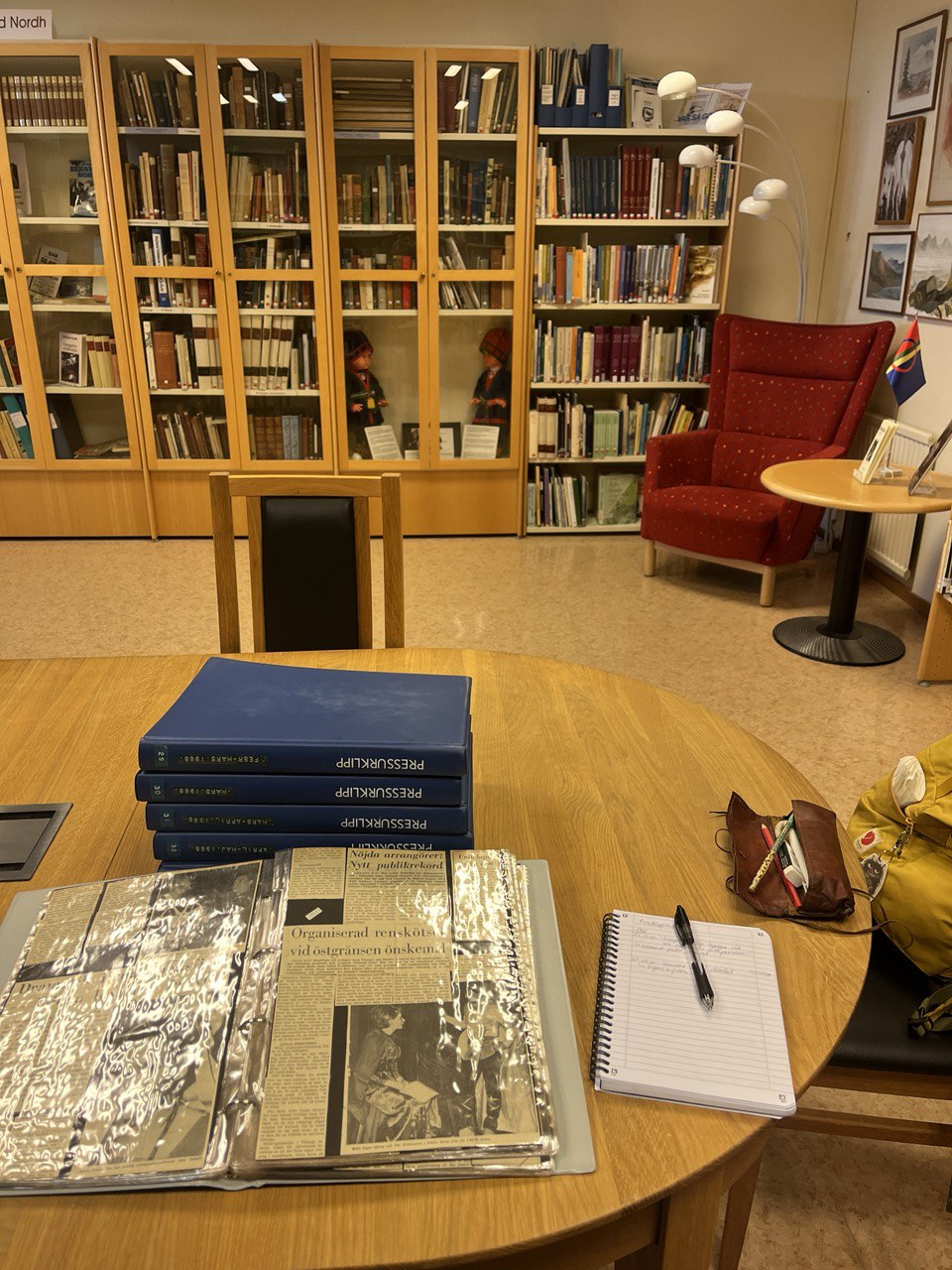
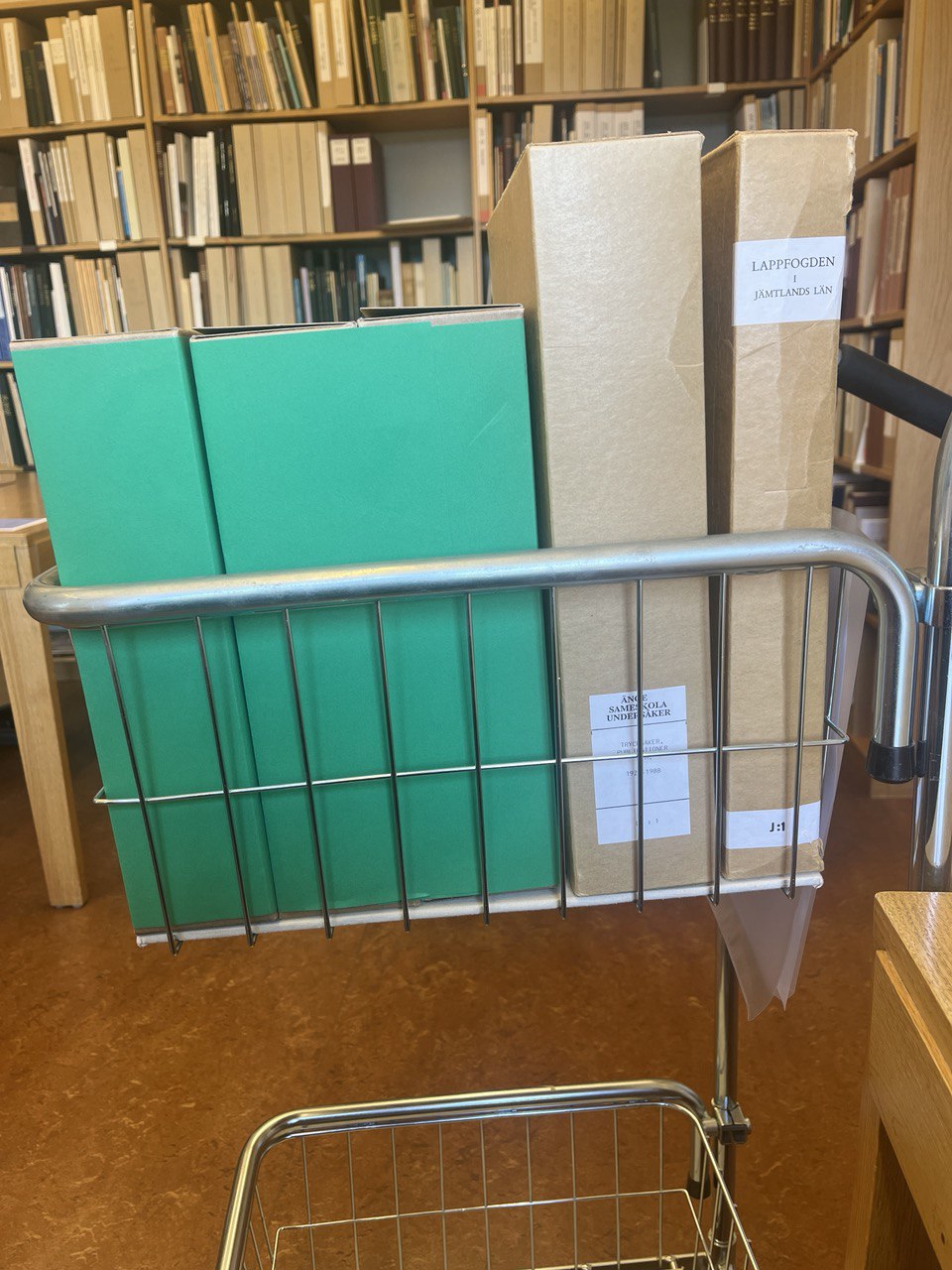
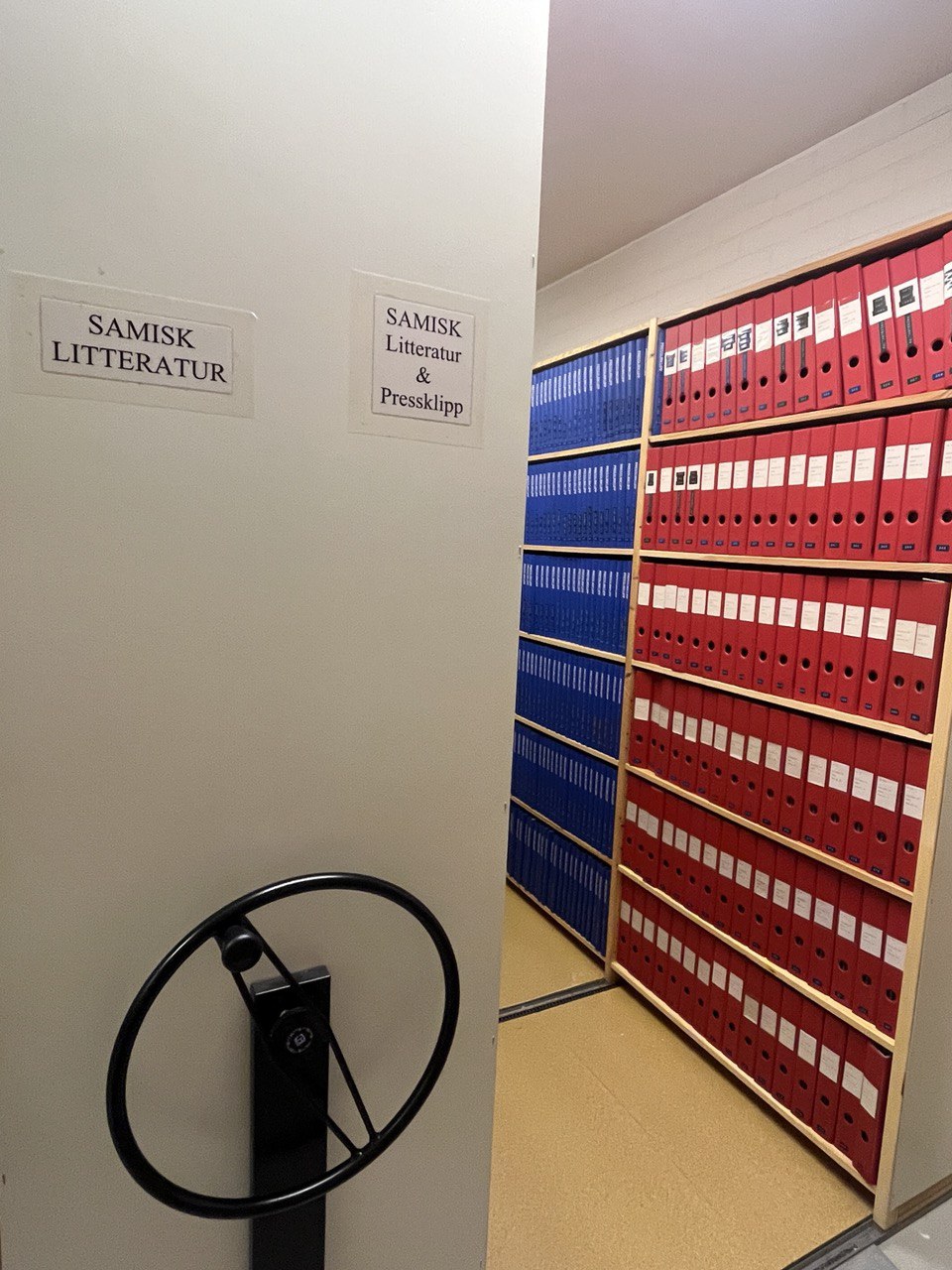

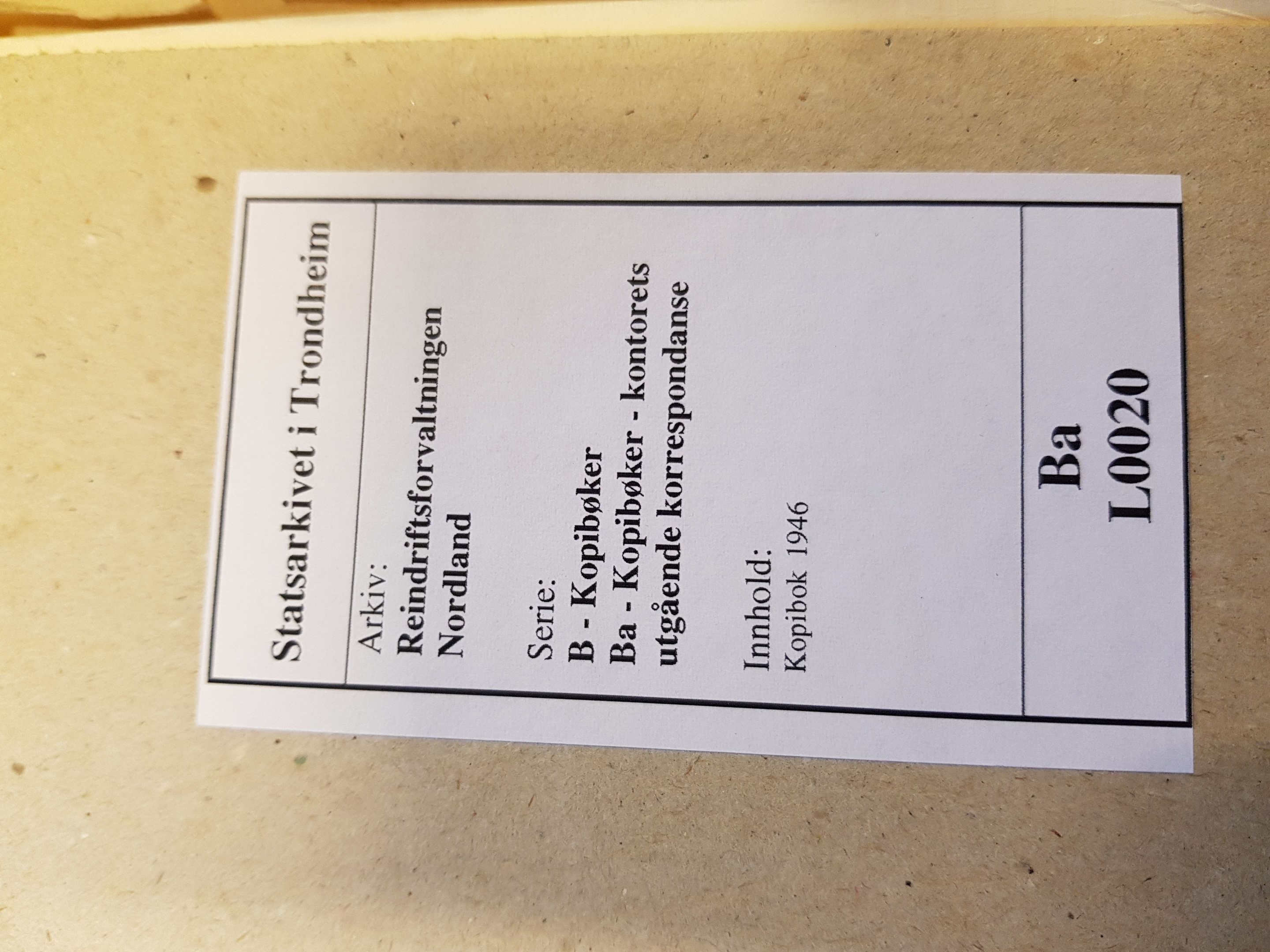
Qualitative interviews and observations of Sámi homes
Project manager Astri Dankertsen and researcher Majken Paulsen have made a good start with the interviews, and during the year have conducted interviews both in Nordland and in Finnmark. Many of the interviews have been conducted in people’s homes, which has provided an incredibly exciting insight into people’s everyday lives. We are incredibly grateful to everyone who has welcomed us, opened up their homes and shared their knowledge from their own everyday lives. It’s amazing how much Sami we find in people’s homes in terms of equipment, objects and activities when we look for them. For many, Sami pictures and decorative items are an important part of the home. People also often have books with Sami content. Duodji, Sami craftsmanship, is something that is important to people, and we find a lot of this in people’s homes, whether they have made it themselves, received it or bought it. Food production is also something we find a lot of. Many people are interested in hunting, fishing and harvesting berries and other food, and we have been shown around both people’s freezers and potato cellars
Here are some of the photos that we have taken during our work.
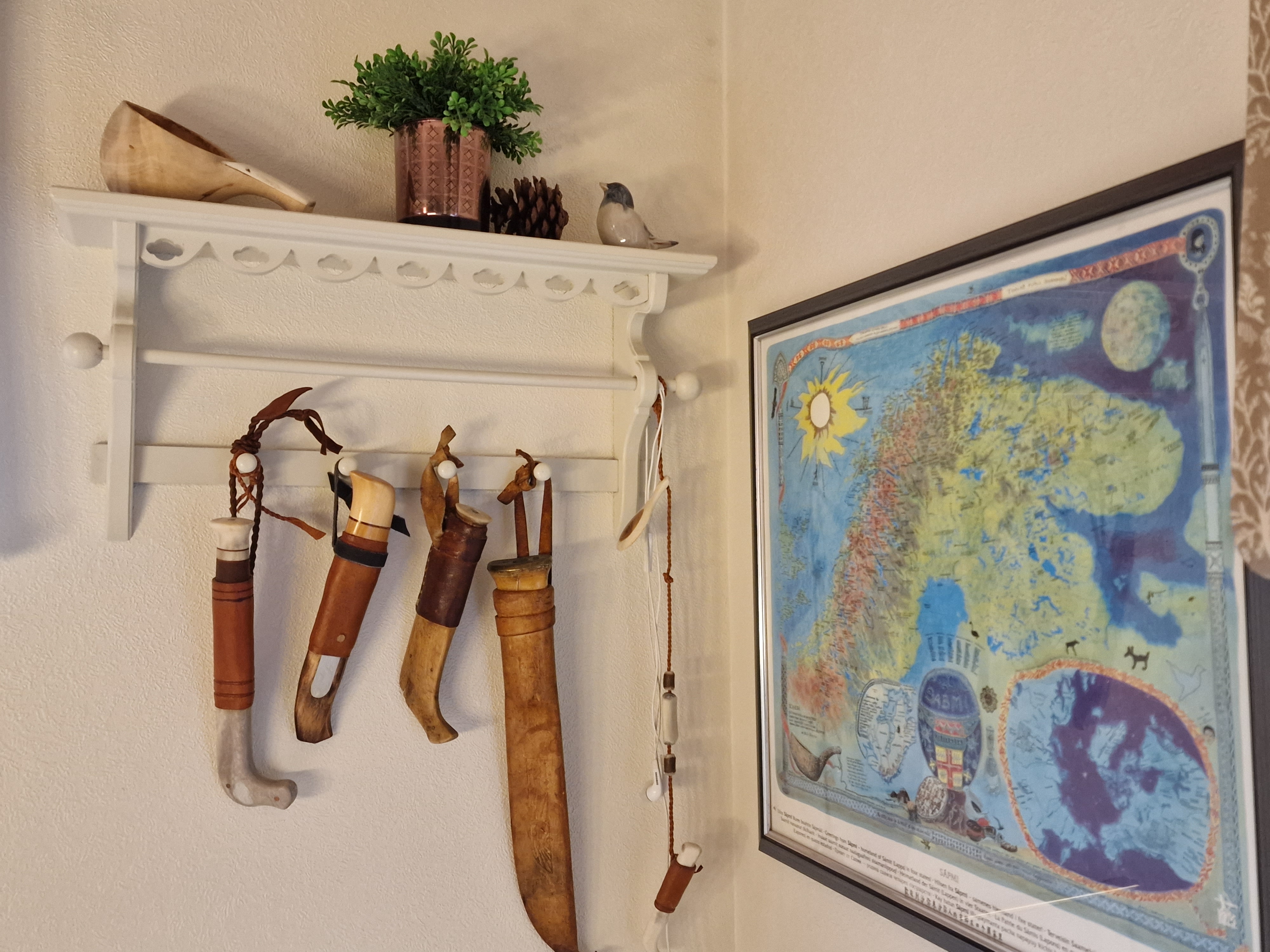
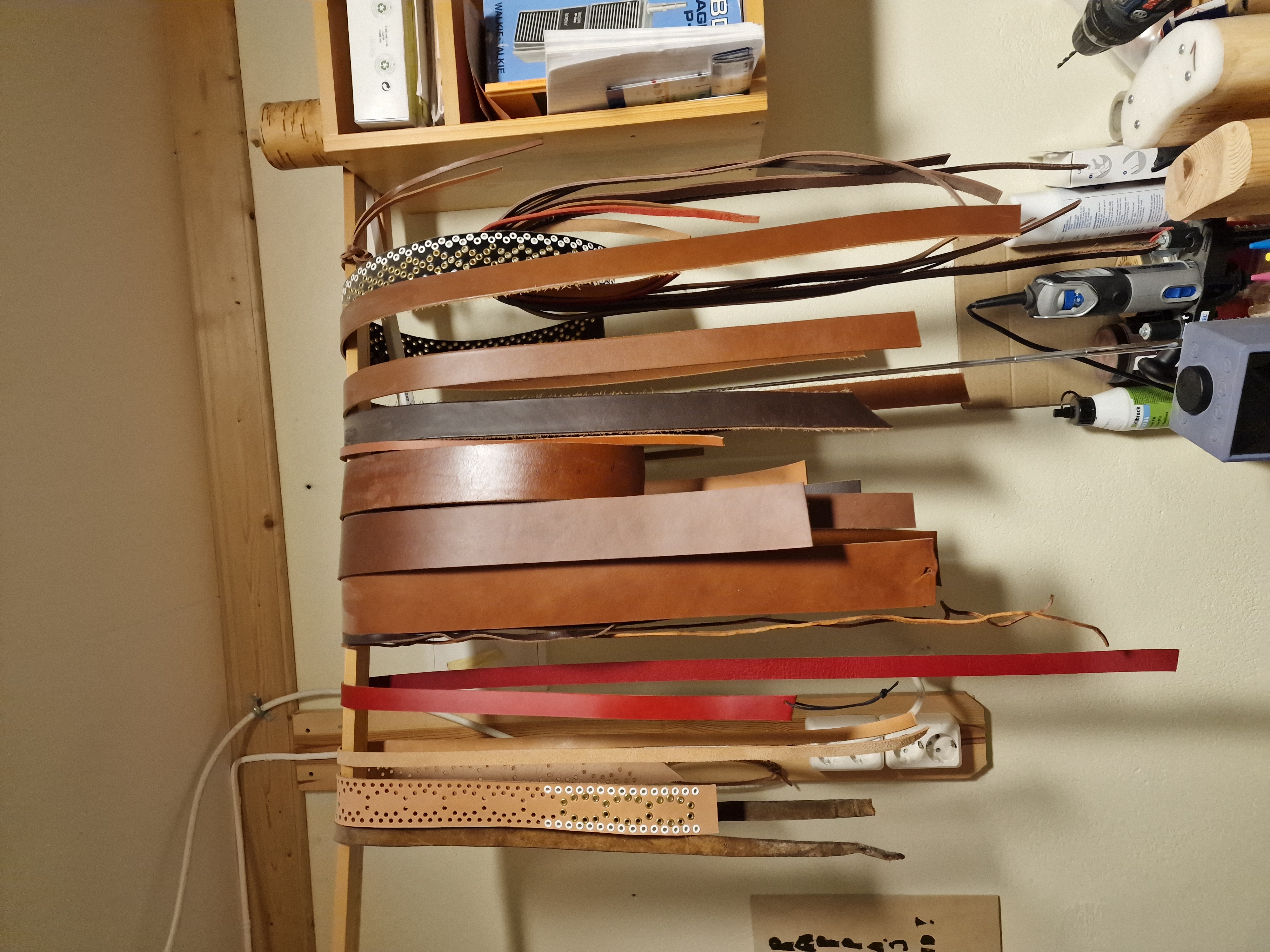
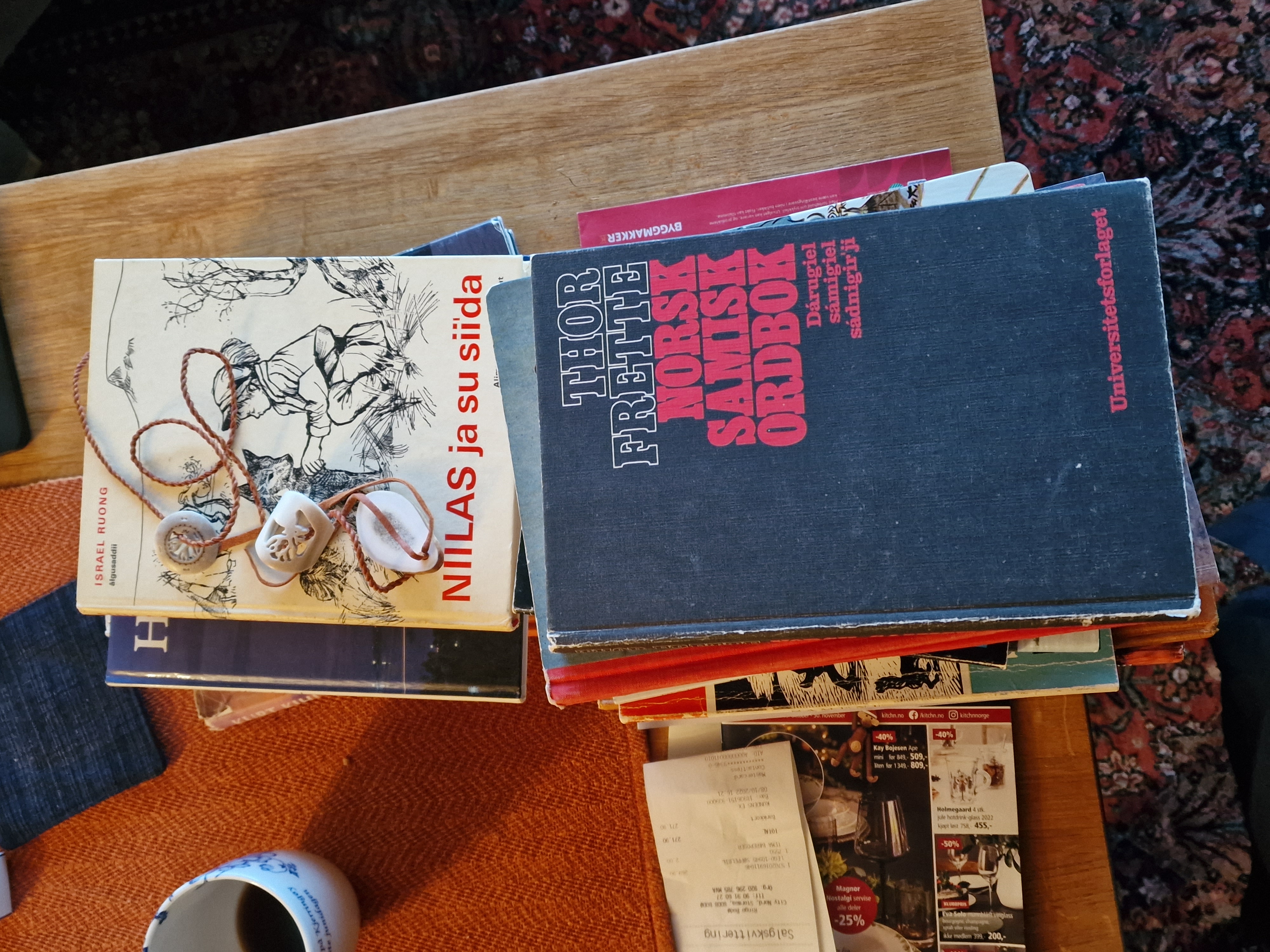
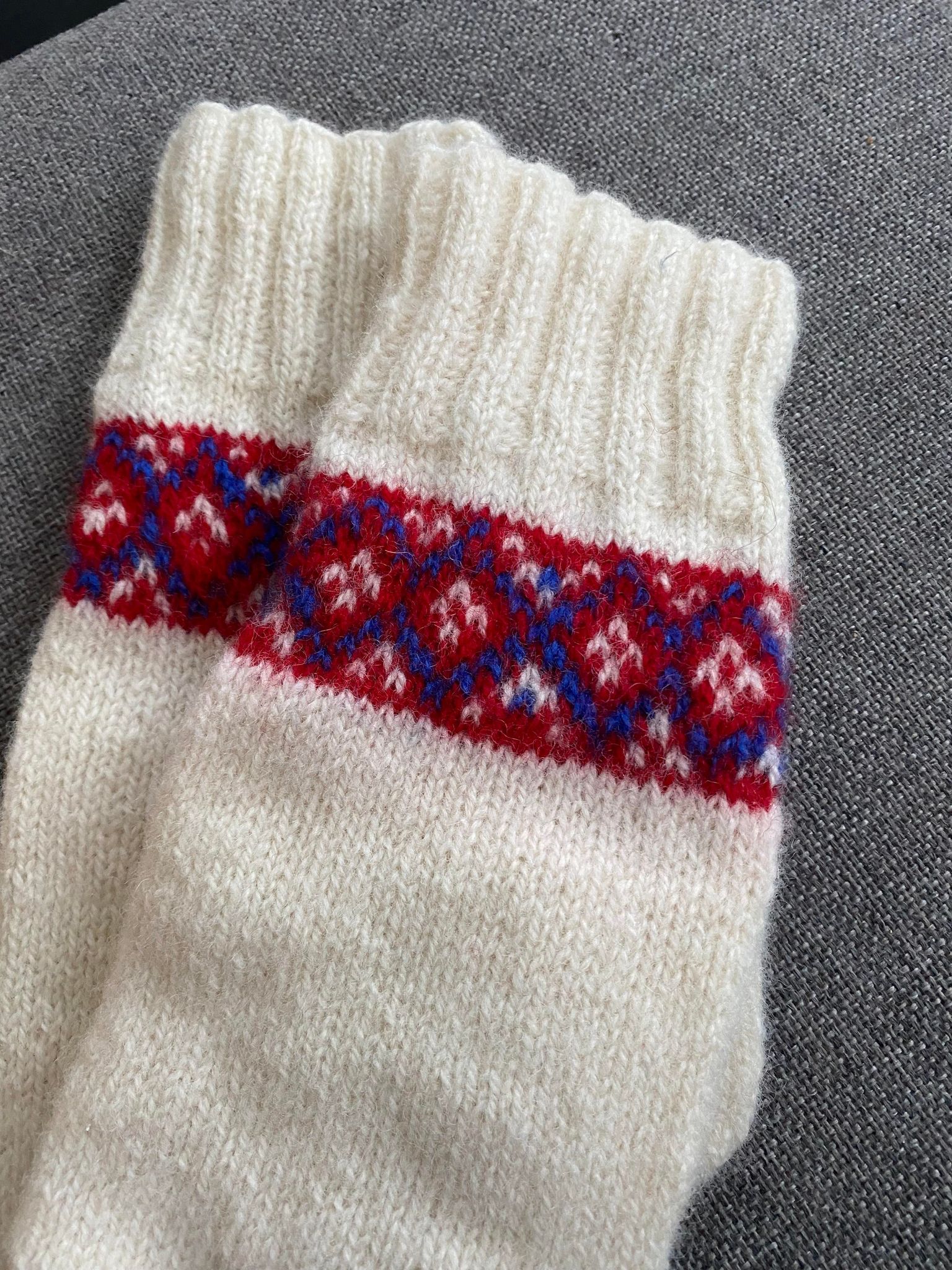
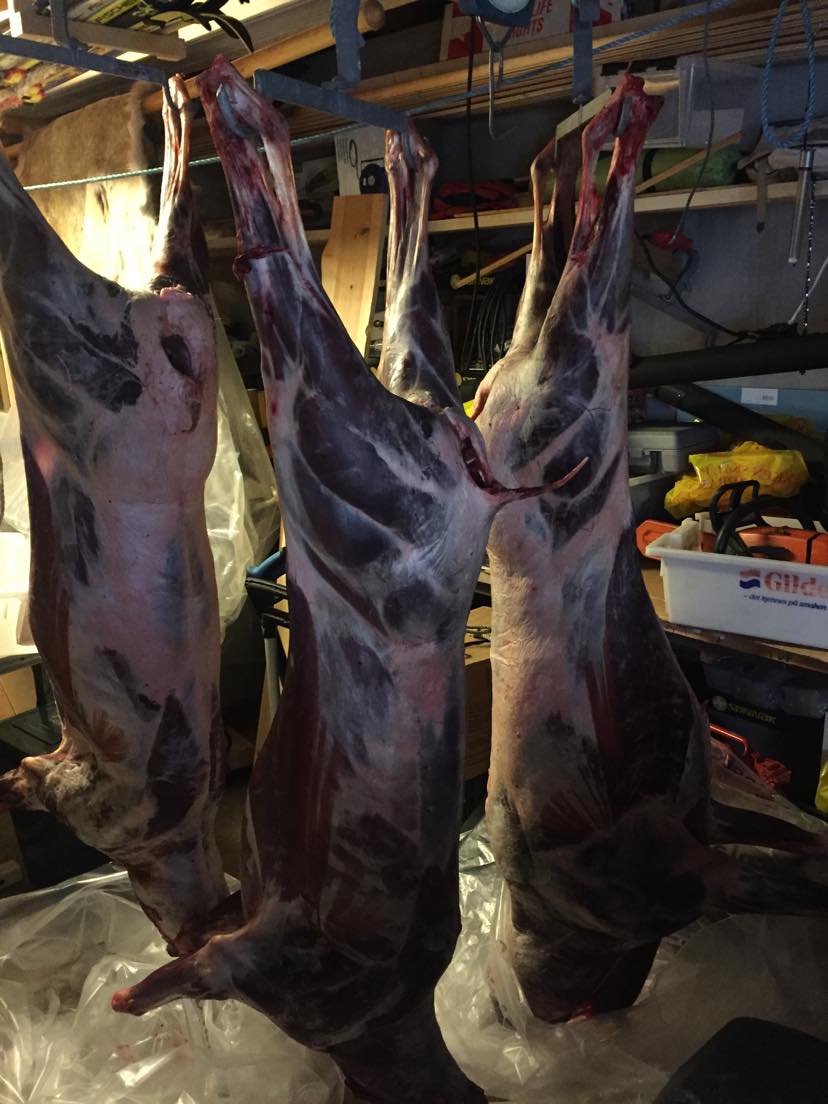
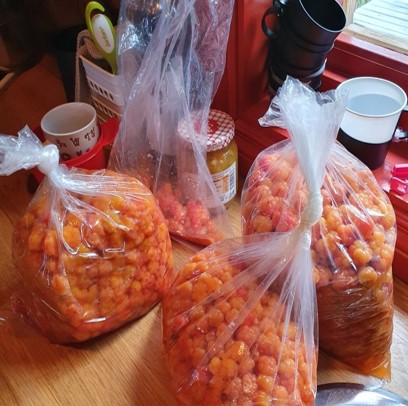
We have also presented our preliminary data at the NAISA (Native American and Indigenous Studies Association) conference in Toronto in May. This is a large indigenous research conference with researchers from all over the world, and the same conference that will come to Bodø in 2024. We also participated in the Nordic STS conference in Oslo in June. Here, Astri Dankertsen also helped organize a joint session with researchers from the project Urban Transformation in a Warming Arctic – The continued effects of Nordic colonialism in urban planning and development (UrbTrans), a project that examines the development of Nuuk in Greenland from 1950- the number up to today.
The researchers will continue with interviews in 2024 as well, and will then visit other Sámi areas. If you want to participate, please contact the researchers directly, or sign up here: https://nettskjema.no/a/289663
